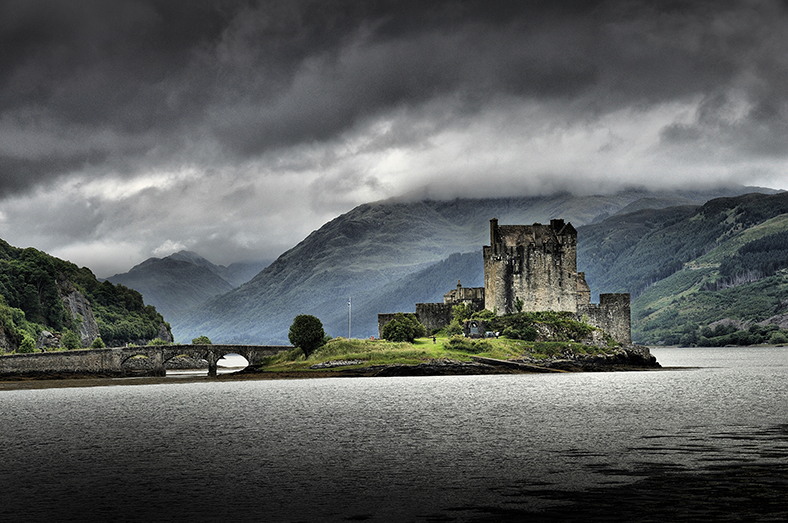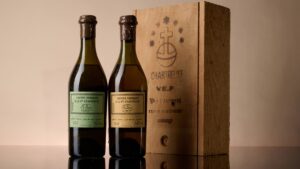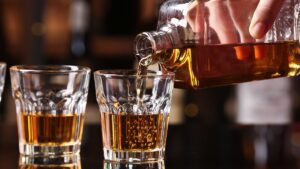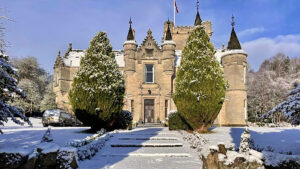
You might already be quite familiar with how wine is made (and we have plenty of resources if not!) but when it comes to spirits, whisky in particular, we’re talking about a totally different process. However, there’s no need to panic; we were as lost as you ten years ago but we’ve since embarked on a spirit journey and we’re here to share what we’ve learnt with you. Here’s our quick summary of how whisky is made.
The world of wine and spirits are not too dissimilar; they are beloved around the world, produced from exquisite terroirs and discerning enthusiasts are always on the hunt for the rarest bottles. But when it comes to how they’re made, the processes are quite different.
The basics
To begin with, it’s important to note that whisky is part of the spirits family, meaning it’s an alcoholic drink made by distilling agricultural raw materials, not by fermentation as is the case for wine and beer. But what is distillation? This is simply the separation of liquids – in this case, water and alcohol – using their different boiling points. The idea is to heat the mixture to allow the substances to vaporise one after the other, thus separating them. Then the vapour obtained is liquefied to produce the distillate. This means you get two, separate liquids once they have vaporised, as they do this at different times during heating.

The raw material
As you may already know, whisky isn’t made with grapes as it is a grain alcohol. It can made from various grains such as barley, rye, wheat and corn, depending on tradition, local legislation and the choice of individual producers. In this sense, it can be compared to beer and is sometimes known as distilled beer. But it should be noted that the result of the distillation process is a much higher alcohol level.
Terroir is less important in whisky than it is in wine, with technique and maturation type being much more distinguishing features. However, it isn’t a totally superfluous concept, since the water source and any peat used (often local) are interesting features of a whisky.
Producing whisky
Once the grains are harvested, they have to be malted in order to transform their insoluble starch into soluble starch. The grain is immersed in water to encourage it to sprout, and this sets off the plants’ natural biochemical transformations. This process can then be interrupted at different stages depending on the desired malt. Malting involves:
- Immersion: the seeds are immersed in water for one or two days so that the humidity level reaches 45% and they begin to germ.
- Germination: the seeds are placed in a warm and humid environment for around a week to encourage germination. Germination causes the seeds to secrete enzymes that alter their starch molecules: the amylase enzymes transform part of the starch into fermentable sugars.
- Kilning: the malt is dried using hot air, sometimes including peat combustion which is added to the kiln in the case of peated whisky (peat smoke confers strong aromas to the malt). This dehydrates the seeds, accelerating enzyme production to the point of stopping the germination process.
- Degermination: the seeds are sifted to get rid of the rootlets.
Malt therefore refers to the grain once germinated and cooked. The malt then needs to be brewed in order to dissolve the soluble starch, allowing the enzymes to transform it into sugar. The seeds pass through a mill which gives the grist (a kind of flour), then this is brewed with hot water. This is when the enzymes convert the starch into sugar.
The resulting must is ready to be fermented (often in wooden or stainless-steel vats) using yeasts that transform the simple sugars into ethyl alcohol. After fermentation, what we have is a beer with around 6-8% ABV.
This is when distillation comes into the picture. Distillation can be simple, double or even triple and take place in still of various forms. The aim is to separate the water from the ethanol in the fermented must. The boiling point of the fermented must falls between that of ethanol (78.3°C) and that of water (100°C), the two main elements that make up the must. The liquid is heated gradually, meaning that the ethanol will evaporate first. This vapour is then cooled to create condensation and obtain the distillate. The condensed liquid is much more concentrated in aromas and alcohol (between 60-96% alcohol) than the initial must, which contained a lot of water. The highest-quality element of this distillate is the future whisky, ready to be matured.

Maturation usually takes place in barrels – often those that once contained sherry or bourbon – before blending (unless it is a vintage spirit). Scottish whisky is usually matured for three years, during which time around 1-2% of the alcohol evaporates, known as the “angels’ share”. Once the blending is completed, the whisky usually has to be brought to the correct alcohol percentage (around 40%) by adding demineralised water, and caramel is sometimes added for the colour. Finally, the spirit is usually filtered, and water is added to lower the alcohol level.
So there we have it, that’s how whisky is made! All that’s left is to enjoy all the richness and complexity this traditional spirit has to offer…



